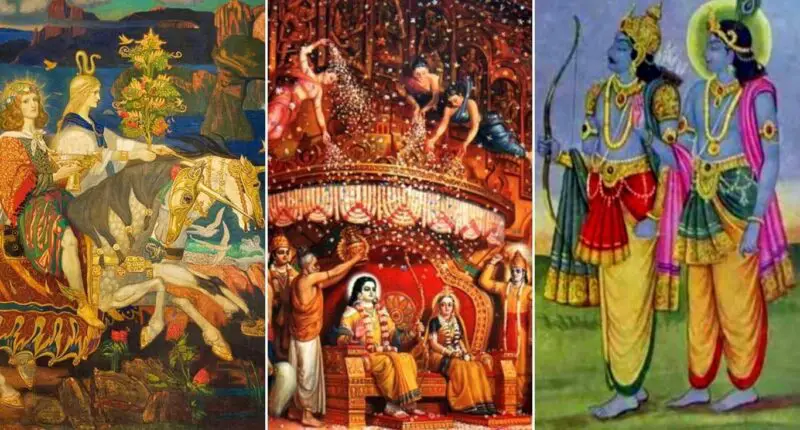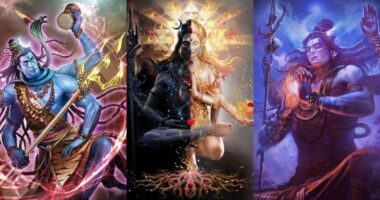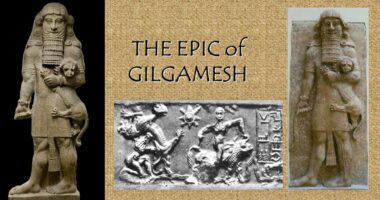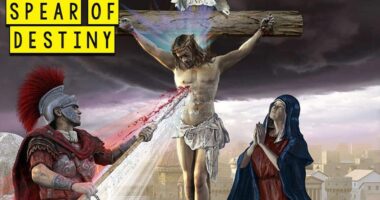Mythology has always been an integral part of human culture, passed down through generations as tales of gods, heroes, and legendary creatures. Within these myths, there are often powerful families whose actions and histories have shaped the world they inhabit. These families are often at the center of epic struggles, wielding great power and influence over the mortal and divine realms alike. From the gods of ancient Greece to the heroes of Norse mythology, the stories of these families continue to captivate and inspire us today. In this article, we will explore the most influential families in mythology, delving into their stories and examining their impact on the myths and legends that have endured through the ages.
Most Influential Families in Mythology
Raghuvanshi aka Raghukul (Hindu mythology)
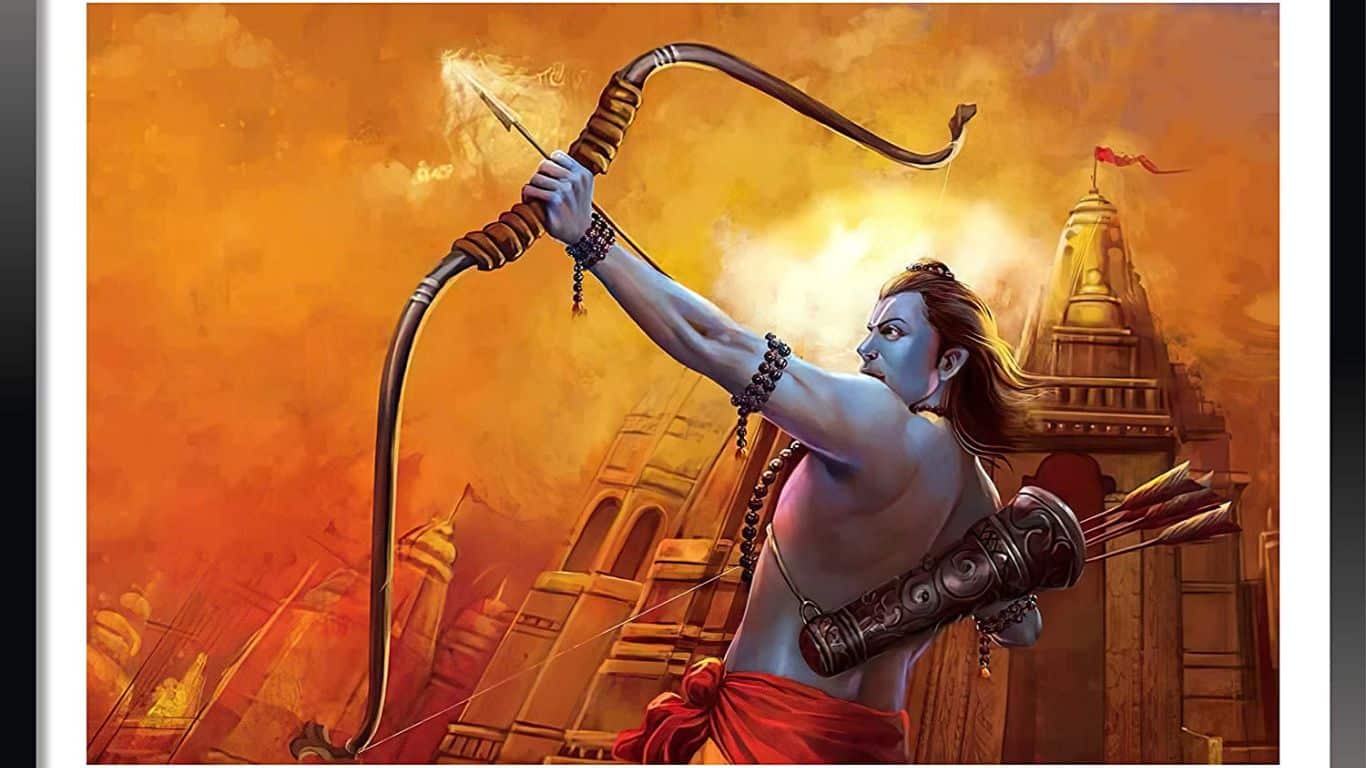
A legendary Indian dynasty known as Raghuvaa or Raghukula is mentioned in the Itihasa-Purana. It is regarded as a branch of the Sryavaa or Ikshvaku dynasty, which can be traced back to the sun god Surya. Hence, every king who is a member of Raghuvaa, also known as Raghuva, is also a member of Sryavaa. Raghu, a mythological king who shielded Ashvamedha’s sacrifice horse from Indra, is the name of the dynasty. Mandhata, Harishchandra, Sagara, Bhagiratha, Dilpa, Raghu, Aja, Dasharatha, and Rama are some of the Raghuva rulers.
The renowned Sanskrit poet Kalidasa wrote the Raghuvaa, a Sanskrit epic poem (mahakavya), which translates as “lineage of Raghu” in Devanagari. The poet is believed to have flourished around the fifth century CE, despite the lack of a precise date for writing. It tells the tales of the Raghu dynasty—specifically, the family of Dilipa and his offspring up to Agnivarna, who include Raghu, Dasharatha, and Rama—in 19 sargas (cantos). The Raghuvaa is a 1564-stanza mahkvya, or approximately, epic poetry. It describes the dynasty of monarchs that includes Raghu, also referred to as the sryavaa or the sun dynasty. It is composed of 19 sargas (cantos), which can be separated into three sections.
Olympians (Greek mythology)

The Greek pantheon worshipped a race of gods known as the Olympians, who took their name from their residence atop Mount Olympus. The Olympians were largely a third and fourth generation of immortal beings. The Titans, descendants of the primordial gods Uranus and Gaia, who had previously ruled as immortal beings, were vanquished by Zeus and his siblings during a ten-year-long war of gods. They were a family of gods, with Zeus, Poseidon, Hera, Demeter, and Hestia being the most notable members. Other major members of the family included Aphrodite, Athena, Artemis, Apollo, Ares, Hephaestus, Hermes, and Dionysus. They were descended from the Titans Cronus and Rhea.
Asgardians (Norse mythology)
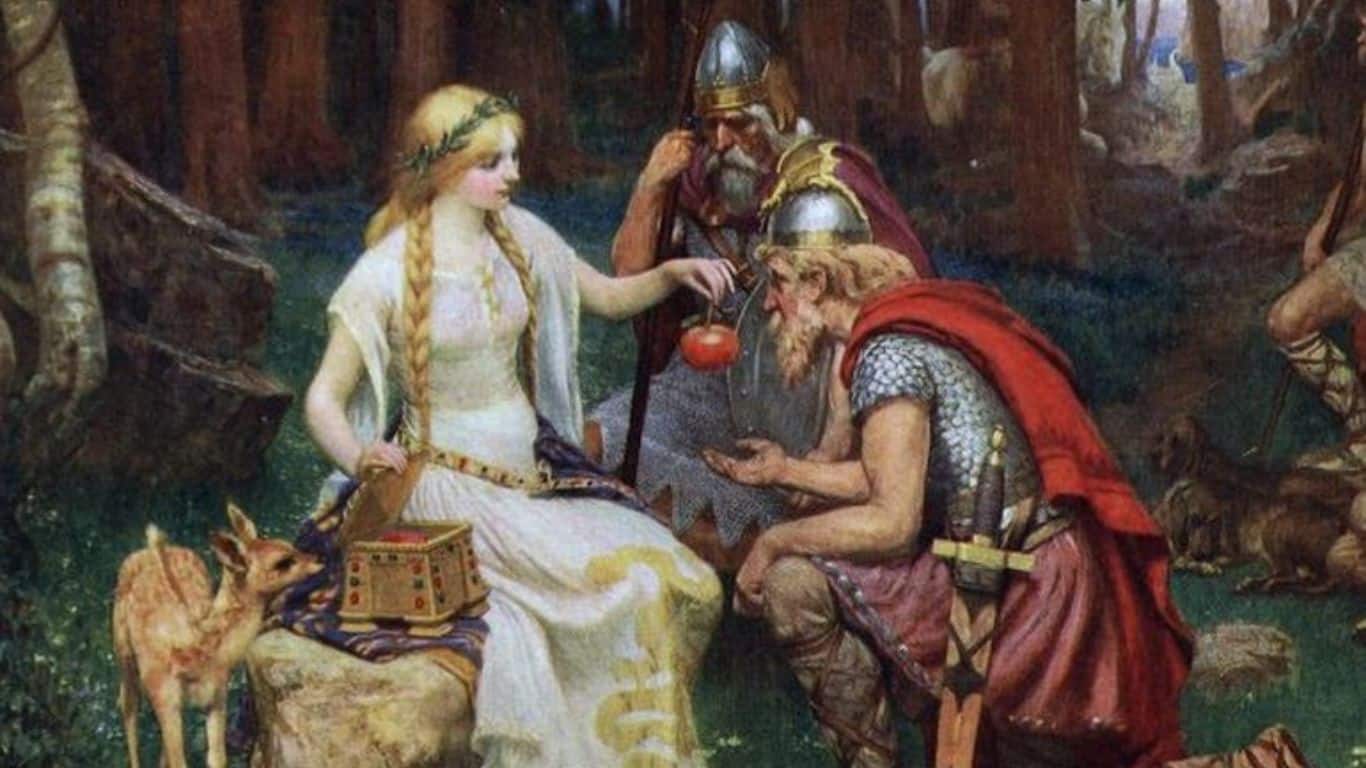
Known as the “Enclosure of the Lords” in Old Norse, Asgard is a place connected to the gods in Scandinavian mythology. Several Old Norse sagas and legendary works have references to it. It is frequently connected with golden images and is depicted as the fortress residence of the Sir gods. Several of the most well-known Norse gods, like Odin, Thor, Loki, and Baldr, are sir or dwell in Asgard.
Two times in Eddic poetry, Asgard is mentioned. In the first instance, Thor and Tr travel from Asgard to Hymir’s hall in Hymiskvia in order to acquire a pot big enough to make beer for a feast for gir and the gods. The second incident is in Rymskvia, where Loki is attempting to persuade Thor to pose as Freyja in order to retrieve Mjölnir by arguing that jötnar will soon be residing in Asgard without his hammer to defend them.
Kuru Dynasty (Hindu mythology)

Kuru, which first formed in the Middle Vedic period, was an Indo-Aryan Vedic tribal union in northern Iron Age India. It included sections of the contemporary states of Haryana, Delhi, and certain portions of western Uttar Pradesh (c. 1200 – c. 900 BCE). The earliest state-level society in the Indian subcontinent was the Kuru Kingdom. The Bharata and other Puru clans joined forces and eventually merged to form the Kuru clan during the Middle Vedic period (c. 1200–c. 900 BCE), following the War of the Ten Kings. The Kurus, who held sway from around 1200 to 800 BCE, created the first political hub of the Vedic era with their base of power in the Kurukshetra region. The original Kuru capital was located at Sandvat, which is now known as Assandh in Haryana. The two primary Kuru cities are identified in later literature as Indraprastha (modern Delhi) and Hastinapura.
By organising their ritual hymns into collections known as the Vedas and creating new rituals that gained prominence over Indian civilization as the Srauta rituals, the Kuru kingdom significantly altered the religious heritage. During the reigns of Parikshit and Janamejaya, it rose to prominence as the principal political and cultural centre of the middle Vedic Period, but its prominence waned during the late Vedic period (c. 900–c. 500 BCE), and by the Mahajanapada period in the 5th century BCE, it had degenerated into “something of a backwater.” Nonetheless, Kuru traditions and myths persisted into the post-Vedic era, serving as the inspiration for the Mahabharata epic.
Tuatha Dé Danann (Irish mythology)
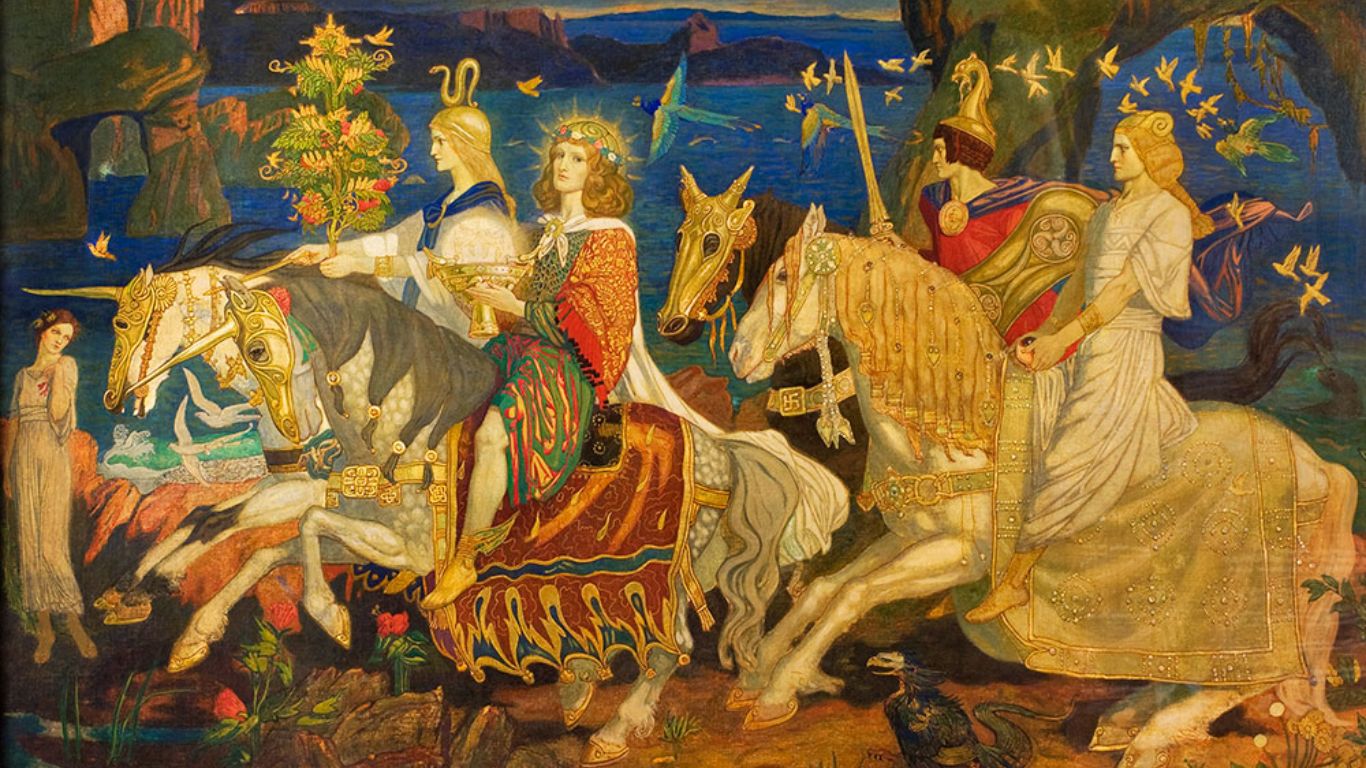
The Tuath(a) Dé Danann, also known as Tuath Dé (“tribe of the gods”) and transliterated into Irish as “the folk of the goddess Danu,” are a mythical race from Irish mythology. Several of them are supposed to be representations of ancient Irish Gaelic gods. The Tuath Dé are frequently portrayed as powerful monarchs, queens, druids, bards, warriors, heroes, healers, and artisans.
The head of an earlier wave of settlers in Ireland, Nemed, was an ancestor of the Tuatha Dé Danann. They sprang from the four northern Irish cities of Falias, Gorias, Murias, and Finias, where they imparted their knowledge of the arts, magic, and necromancy as well as the sciences, including building. They arrived in Ireland “in dark clouds” and “landed on the mountains of [the] Conmaicne Rein in Connachta,” otherwise Sliabh an Iarainn, and they brought a darkness over the sun for three days and three nights,” according to Lebor Gabála Érenn. The ships were promptly set on fire “In order to discourage them from considering retiring to them, the vessels’ smoke and mist covered the nearby ground and air. As a result, it was assumed that they had arrived in misty clouds “.
Amazons (Greek mythology)
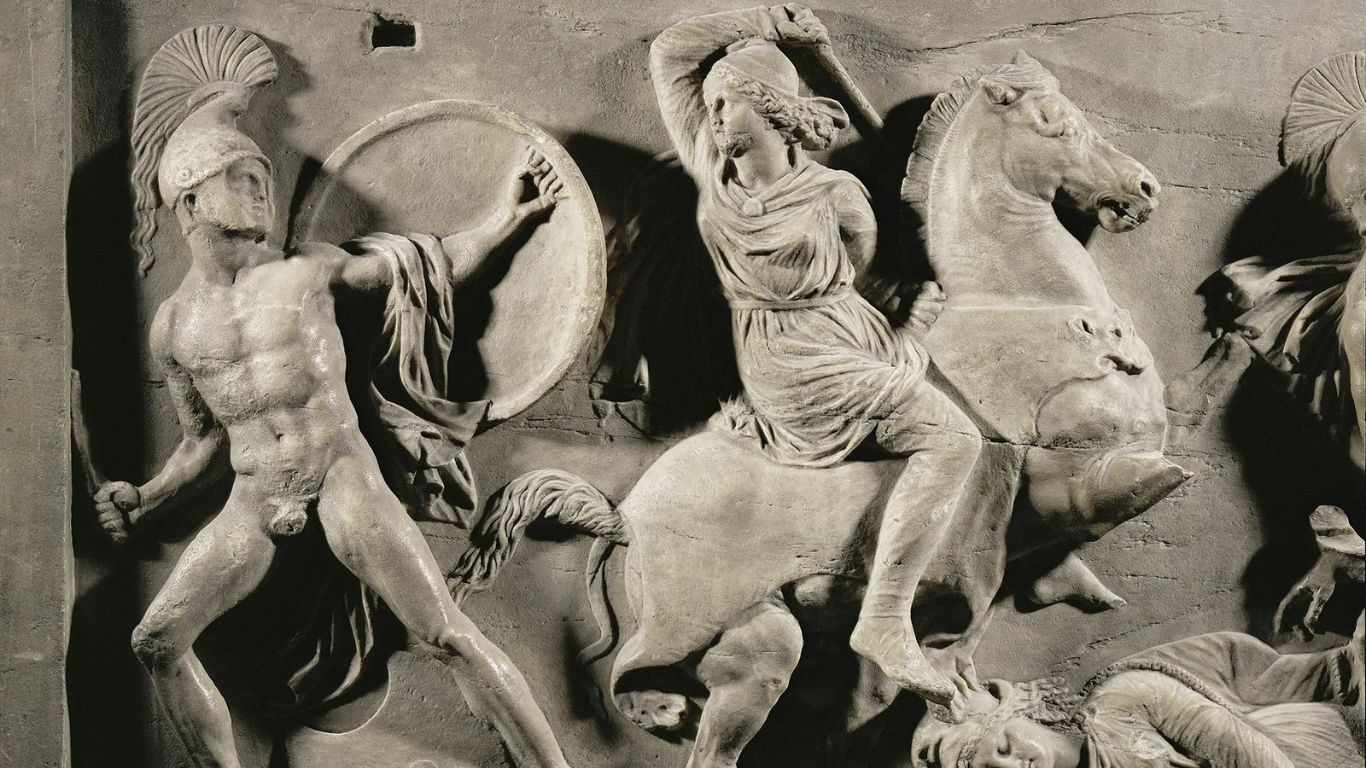
Themiskyra, a city on the Black Sea, is occasionally cited when referring to the Amazons, a race of warlike women who lived at the edge of the known world and were known for their riding prowess, bravery, and pride. Although Homer claims they were “the equal of men,” their queen was Hippolyte, and they are best known for having engaged in and lost various conflicts with the Greek heroes Hercules, Theseus, and Bellerophon. Greek art frequently depicted these wars, particularly on pottery and in gigantic sculptures that adorned some of the most significant structures in the Greek civilization, such as the Parthenon in Athens. It’s interesting to note that archaeological analysis of graves across Eurasia has definitely proven that many women from nomadic steppe tribes were in fact fighters, especially in the Black Sea region.
Also Read: 9 Different Forms of Lord Shiva
